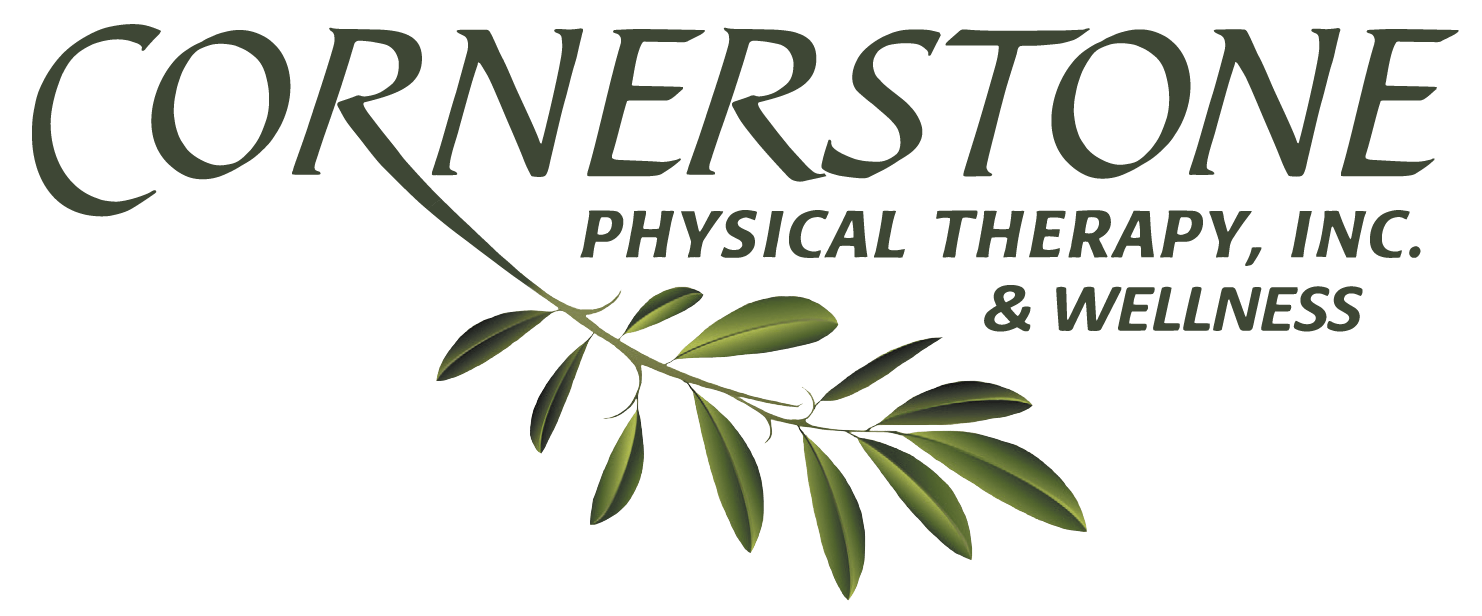Oncological Program FAQs
What is Prehab?
- Establish baseline measurements
- For ROM, strength, functional mobility
- Preoperative limb volume measurements
- in order to screen post-surgery for early signs of lymphedema
- Overall goals of prehab include:
- Improve treatment tolerance (surgery, chemo, radiation)
- Reduce impact of symptoms post Treatment (surgery, chemo, radiation)
- Improve patient compliance and engagement in treatment plan
- Potentially shorten length of treatment
Why start Rehab 3 weeks post-surgery?
- Tissue Healing Phases
- Patient is transitioning from inflammatory phase to proliferative phase of healing (2+ weeks - 2 months)
- Immature collagen and elastin is forming and is much easier to work with than mature collagen
Soft-tissue fibrosis is associated with:
- Impaired lymphatic regeneration and lymphatic function
- Impaired lymphatic endothelial cell proliferation
- Abnormal lymphatic microarchitecture
- Lymphatic fibrosis Fluid Dynamic Impairments Local injury to lymphatic system
Decreased transport capacity
- Inflammatory phase = inc. fluid load at injury site
- Results:
- Mixed edema (inflammation + lymph fluid)
- stage 0/1 Lymphedema
- Cording issues (Axillary Web Syndrome)
- fluid becomes trapped in fibrotic tissue (lymphovenous stasis)
- Results in tissue induration, possible seroma formation, also potential for lymphedema
- Mixed edema (inflammation + lymph fluid)
Improve Functional Mobility
Decrease Unnecessary Pain
- Improve muscular mobility in order to prevent onset of Myofascial Pain Syndrome (MPS)
- 50-60% of patients post mastectomy and lumpectomy develop MPS
- MD Anderson study of 5,836 CA survivors found joint pain as 1 of the top 4 most frequently reported health problems
- Joint pain- exacerbated with poor posture, immobility and muscle atrophy surrounding the joints

Amanda Cranston , OTR-L, CLT
Areas of Special Interest
- Lymphedema
- Oncology Rehab
- Pelvic Health
- Vestibular

Amanda graduated from D'Youville College located in Buffalo NY with a Masters in Occupational Therapy and minor in Psychology. She had a Clinical in WNC and fell in love with the mountains, moving to Asheville after graduation in 2012.
She started working in a Skilled Nursing Facility after graduation, where she worked for 7 years, developing a passion in treating Lymphedema and Oncology Rehabilitation. She obtained her Certification in Lymphatic Treatment from The Academy of Lymphatic Studies in 2019. She has a passion for treating a wide variety of oncology diagnosis, providing evidence based cancer rehabilitation to survivors with focus on improving function and quality of life throughout the continuum of care. She has expanded her knowledge base with ongoing education in Oncology rehabilitation, receiving oncology rehabilitation specialist certification through the Pori Cancer institute.
Amanda also has received specialty training in Pelvic rehabilitation for both male and female pelvic floor conditions, with a goal in helping each of her clients through their own pelvic health journey.
When not at work, Amanda enjoys exploring the beautiful Asheville area with her husband and 2 pups.

Stephanie McElhaney OTD, OTR-L, CLT
Areas of Special Interest
- Lymphedema
- Pelvic Health
I received my bachelor's degree in exercise science in 2019 from Ball State University in Muncie, Indiana. During my time at Ball State, I developed a passion for the rehabilitation process and made it my goal to help others return to living life to their full potential. I then attended the University of Indianapolis and received my doctorate degree in occupational therapy in 2022. I completed my capstone project working with individuals with substance use disorder and worked towards restoring participation in meaningful occupations. Since graduating, I have developed a passion for pelvic health and oncology services. I am currently working towards receiving my Pregnancy and Postpartum Corrective Exercise Specialist certification and will be completing my lymphedema certification in August.
In my free time, I enjoy running, bouldering, and doing anything outdoors. I am an avid reader and love anything non fiction or historical fiction. I am engaged to be married in May 2025 and have two cats that are my life!


